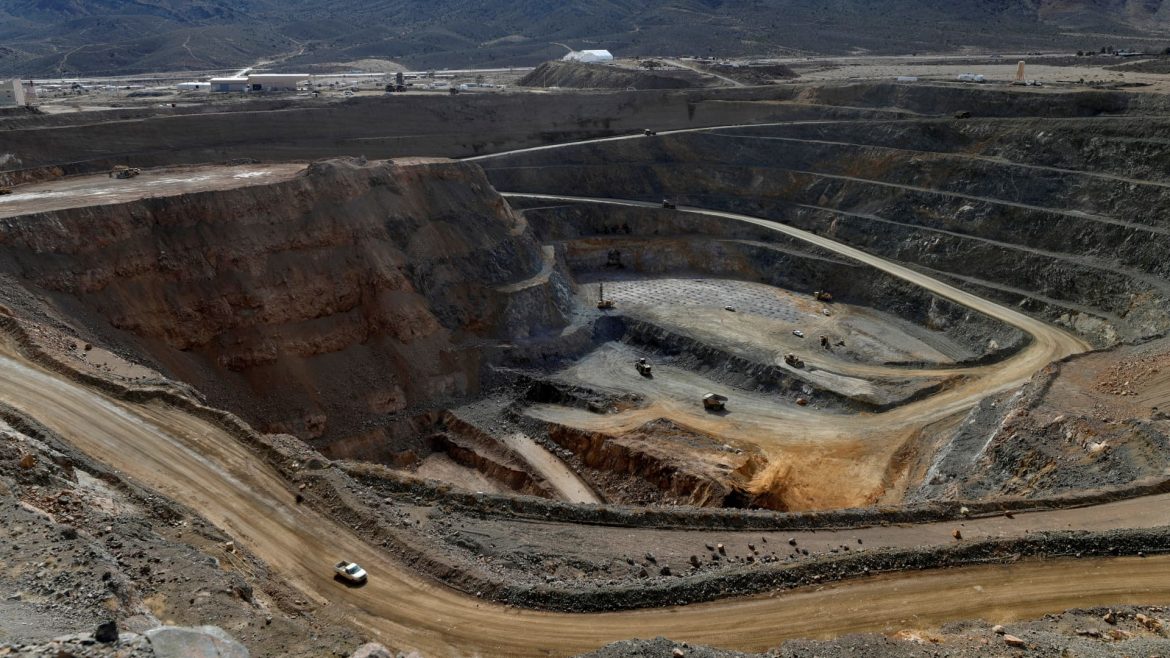China and the United States, as the world’s two largest economies, have long been caught in a complex and high-stakes dance centered around trade. Their ongoing negotiations encapsulate a constellation of critical issues—from tariffs and supply chains to geopolitical influence and technological dominance. This report delves into recent developments in U.S.-China trade talks, exploring the key challenges, underlying dynamics, and potential implications for the global economy.
The Landscape of U.S.-China Trade Negotiations
U.S.-China trade talks have waxed and waned amidst tensions, hopeful breakthroughs, and setbacks. Recently, both sides agreed to revive negotiations after a period of escalating tariffs that disrupted supply chains and rattled markets worldwide. The resumption was catalyzed by a phone call between President Trump and Chinese leader Xi Jinping, signaling mutual interest to ease hostilities. Yet, despite signals of progress, the road to a comprehensive trade deal remains rocky, with conflicting statements and varying expectations illustrating the fragile nature of the truce.
The U.S. administration has stressed the need to address what it sees as unfair Chinese trade practices, including transfer of technology and intellectual property concerns. Conversely, China has called for the removal of “unilateral” U.S. tariffs, framing Washington’s approach as damaging and unfounded. These fundamental disagreements continue to challenge any harmonious resolution.
Key Sticking Points: Rare Earth Minerals and More
One of the most significant hurdles ahead of upcoming talks is China’s dominance over rare earth minerals—critical components used in everything from consumer electronics to advanced military technology. Control over these minerals is a strategic leverage point for China and a source of serious concern for the U.S., which depends heavily on imports for its manufacturing and defense sectors.
This issue exemplifies the broader strategic undercurrents of the trade talks. Beyond tariffs and quotas lie deeper tensions involving national security, technological leadership, and geopolitical influence. Rare earth mineral supply chains, therefore, are emblematic of the complexity where economic, technological, and security considerations intersect.
Mechanisms for Dialogue and Their Limits
The recent trade deal established a 90-day mechanism for bilateral consultations on economic and trade matters. While this move was designed to foster dialogue and reduce tensions, historical patterns suggest skepticism about its effectiveness. Previous consultative mechanisms between the two have largely failed to resolve the most entrenched disputes, often collapsing under the weight of mistrust and competing agendas.
Negotiators also confront the challenge of aligning complex and sometimes contradictory policy objectives on both sides. Despite announcements of “substantial progress” in Geneva meetings and other forums, concrete outcomes remain elusive. Diffused communication and media spin at times muddy the public perception of how far talks have actually advanced.
Market and Global Economic Implications
Financial markets have been closely watching trade developments, with fluctuating investor optimism linked to the ebb and flow of negotiation news. Initial reports of progress sparked modest rallies, while renewed frictions or ambiguous statements have led to caution. The persistent uncertainty around trade policies impacts investment decisions and supply chain strategies worldwide.
More broadly, an all-out trade war between the world’s two economic titans threatens to exacerbate global economic instability. Increased tariffs and retaliations risk elevating costs for businesses and consumers not just in the U.S. and China but across interconnected markets. Conversely, a durable agreement could help restore confidence and stabilize global trade flows.
Political Realities and the Negotiation Environment
The domestic political landscape also shapes the tenor and outcome of trade talks. President Trump’s hardline stance reflects pressures to reduce the massive U.S. trade deficit with China, which reached approximately $1.2 trillion. Xi Jinping, in turn, must balance openness to negotiation with protecting China’s strategic interests and managing nationalist sentiments.
Both leaders describe the negotiation process as “extremely hard,” underscoring the complexity and stakes involved. With the global economy intertwined with U.S.-China relations, each side is acutely aware that concession carries risks of political backlash and economic repercussions.
Where Do Things Stand Now?
After a series of talks in Geneva, London, and planned meetings ahead, the narrative remains mixed. Official statements highlight “constructive” discussions and pause in hostilities, but newcomers disputes and disagreements persist. Some commentators note that China holds more cards than often assumed, particularly with its control over strategic supply chains and growing technological capabilities.
Trade talks have shifted from outright confrontation toward more nuanced diplomacy, but a comprehensive resolution that satisfactorily addresses all critical issues appears distant. Both countries seem prepared for protracted negotiations rather than a quick fix.
Conclusion: Trade Talks as a Crucible for Future Relations
The ongoing U.S.-China trade dialogues expose a battle that extends beyond tariffs—it is a contest over economic power, technological domination, and global influence. While the current truce and dialogue mechanisms offer a temporary respite, the fundamental challenges remain deeply rooted and difficult to reconcile.
Moving forward, progress will require sustained dialogue accompanied by pragmatic compromises on both sides, particularly regarding technology transfer, rare earth minerals, and tariff policies. How effectively these talks manage the intersection of economic interests and geopolitical ambitions will shape not only bilateral relations but also the trajectory of the global economic order.
For now, the trade talks stand as a cautious beacon of negotiation in a landscape otherwise marked by uncertainty and rivalry—one where diplomacy, patience, and strategic foresight must converge to avoid economic fallout and chart a path to coexistence and cooperation.





